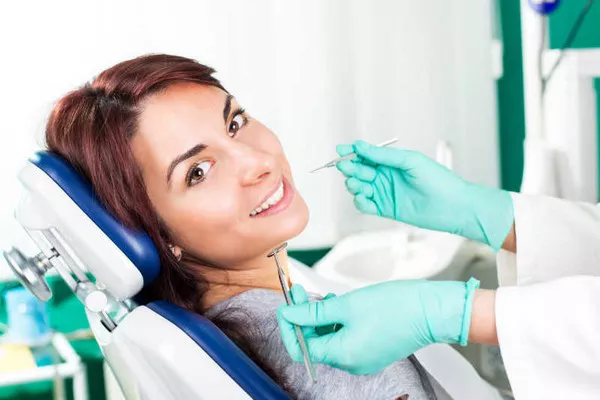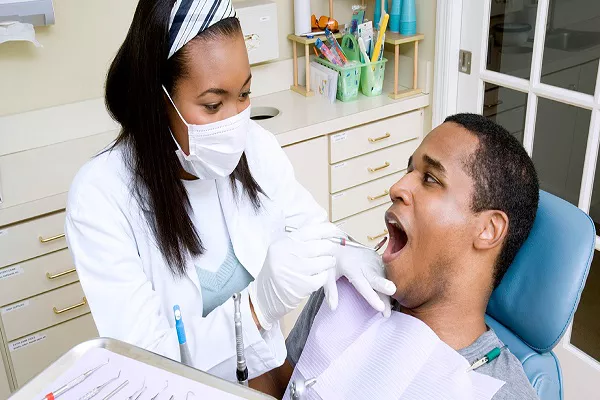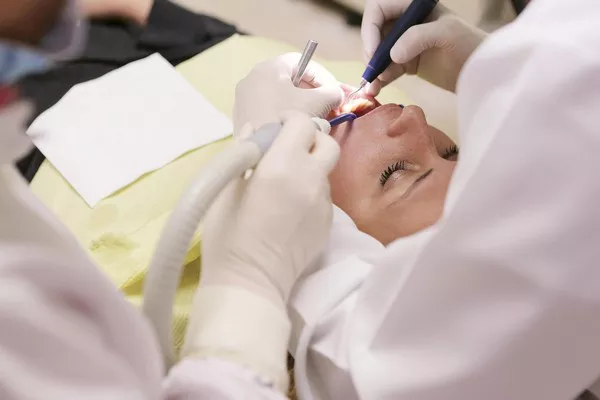Teeth whitening has become increasingly popular in recent years as people strive to achieve a bright, white smile. One of the most innovative and promising methods for achieving this is through the use of LED teeth whitening systems. These systems are designed to whiten teeth quickly and efficiently with minimal side effects. However, many people are still skeptical about their effectiveness. In this article, we will explore the question: do the LED teeth whitening systems work?
What are LED Teeth Whitening Systems?
LED teeth whitening systems are non-invasive, safe, and effective ways to improve the appearance of your teeth. They consist of a light-emitting diode (LED) lamp that emits a specific wavelength of light onto the teeth. This light activates a special whitening gel applied to the teeth, which breaks down the staining molecules on the surface of the teeth.
The process usually takes around 30 to 60 minutes and can be done either at home or at a dental clinic under professional supervision. The results are usually noticeable after the first treatment, with teeth appearing several shades lighter.
How Do LED Teeth Whitening Systems Work?
As previously mentioned, LED teeth whitening systems work by using a combination of a special whitening gel and an LED lamp. The active ingredient in the whitening gel is usually hydrogen peroxide or carbamide peroxide, both of which are effective at removing stains from the surface of the teeth.
When the LED light hits the gel, it triggers a chemical reaction that breaks down the stains and discoloration, leaving the teeth looking whiter and brighter. The process is entirely safe, painless, and does not damage the tooth enamel.
Do They Really Work?
The short answer is yes, they do. LED teeth whitening systems are an effective way to whiten your teeth quickly and safely. Many people report seeing impressive results after just one treatment. However, the effectiveness of the treatment will depend on several factors, including the severity and type of staining on your teeth.
For instance, if your teeth are heavily stained due to smoking or drinking coffee, you may need multiple treatments to achieve the desired results. Similarly, if you have intrinsic staining, which is caused by a problem with the tooth’s inner structure, such as trauma or a medication side effect, LED teeth whitening may not be effective.
It is worth noting that the longevity of the results will also depend on your oral hygiene habits. Regular brushing, flossing, and dental cleanings can help maintain the whiteness of your teeth for longer.
Are There Any Side Effects?
LED teeth whitening systems are generally safe and pose minimal risks. However, some people may experience temporary sensitivity and discomfort during or after the treatment. This is usually mild and resolves on its own within a few hours to days.
In rare cases, some people may develop gum irritation or blisters due to an allergic reaction to the whitening gel. If this happens, it is important to seek immediate medical attention from a dental professional.
Conclusion
In conclusion, LED teeth whitening systems are a safe and effective way to improve the appearance of your teeth quickly. They work by using a combination of a special whitening gel and an LED lamp to break down the stains on the surface of the teeth. While they may not be suitable for everyone, they are generally considered safe and pose minimal risks. If you are considering LED teeth whitening, it is always best to talk to your dentist first to determine whether it is right for you.





























